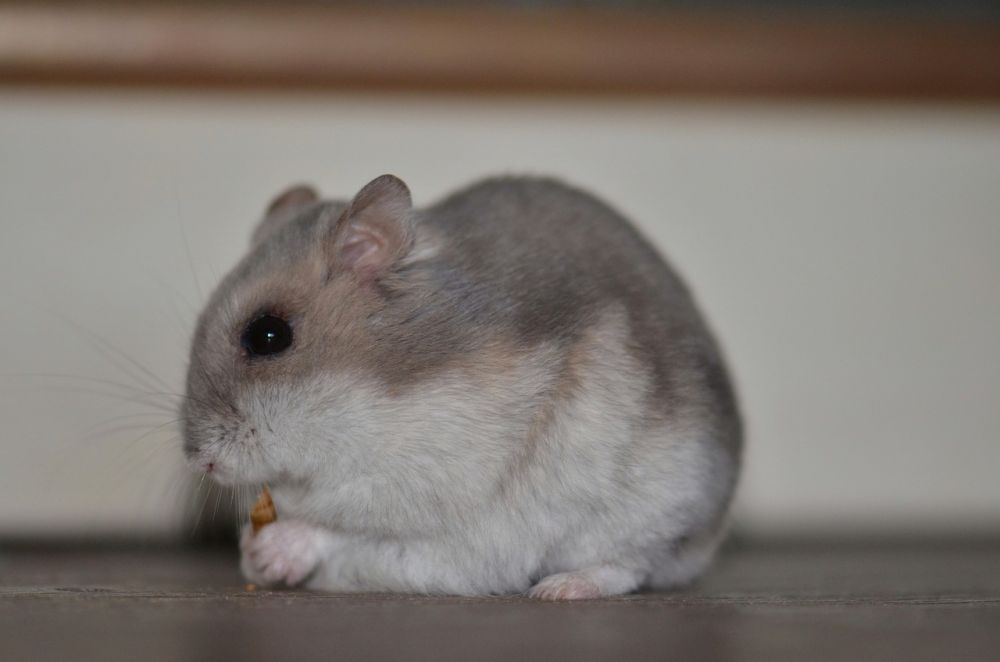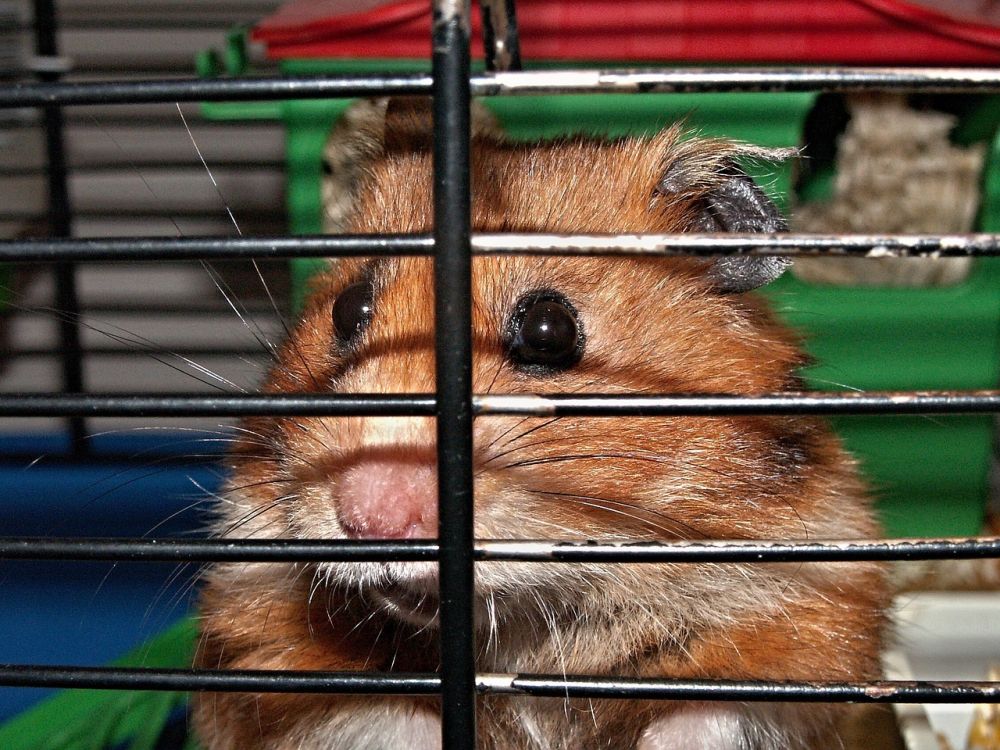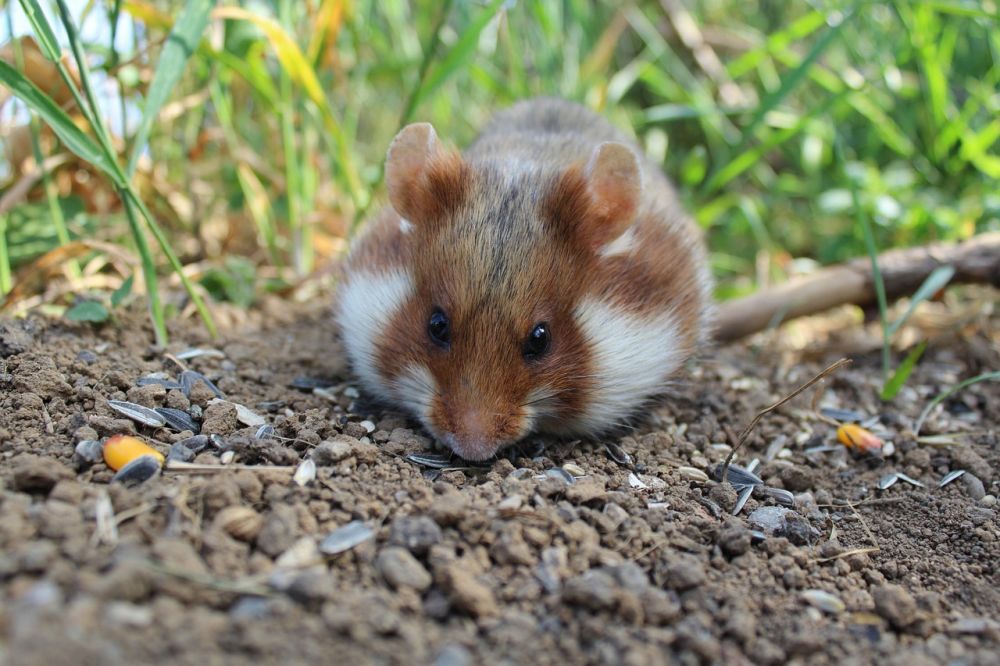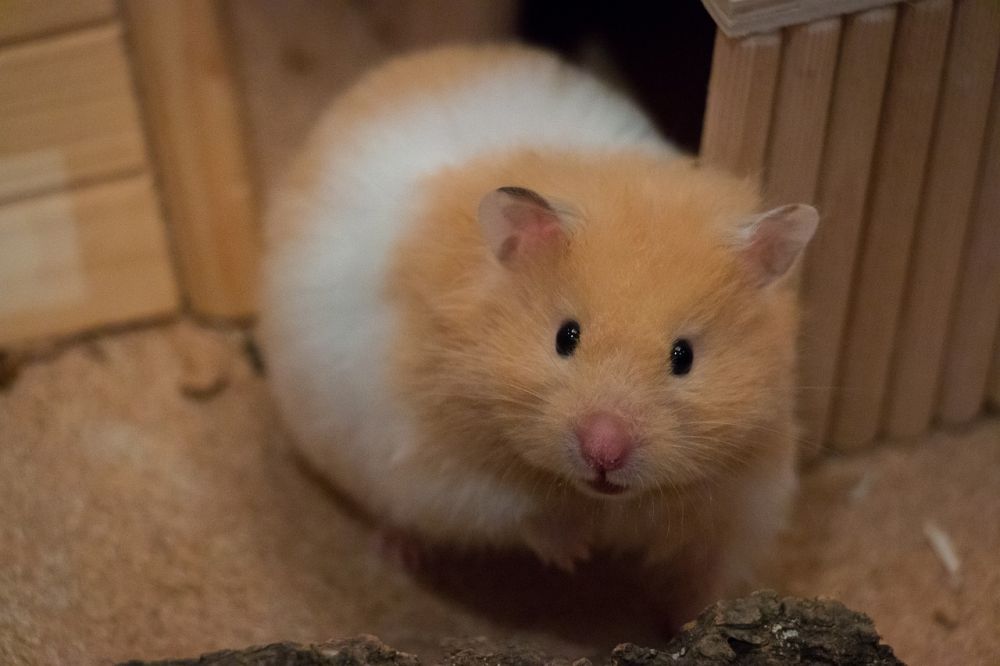Bur Hamster: En In-Depth Guide for Hamster Enthusiasts

Bur hamster – Discovering the Perfect Home for Your Furry Friend
Introduction:
Owning a pet hamster brings immense joy and responsibility. As a devoted hamster owner, providing a safe and comfortable environment for your furry friend is crucial. When it comes to housing, hamsters thrive in bur hamsters, specially designed enclosures that cater to their natural instincts. In this comprehensive article, we will explore the world of bur hamsters, including a detailed overview, various types available, quantitative measurements, differences between them, and a historical examination of their pros and cons.
Understanding Bur Hamsters: An Overview
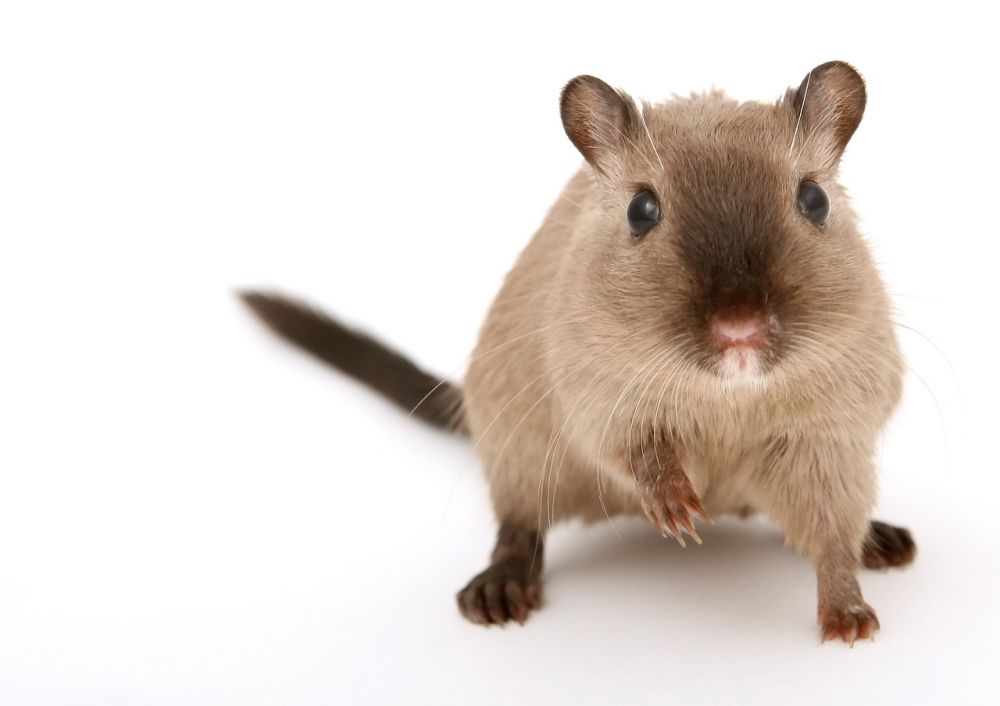
Bur hamsters, also known as hamster cages, are carefully designed habitats that emulate a hamster’s natural burrowing instincts. These cages typically consist of multiple levels, tunnels, and hideouts, providing an engaging and stimulating environment for your hamster. Not only do they serve as a cozy shelter, but they also offer opportunities for exercise, exploration, and mental stimulation.
A Comprehensive Presentation: Types and Popularity of Bur Hamsters
There are several types of bur hamsters available in the market, each catering to different hamster breeds, sizes, and needs. Some popular options include wire cages, glass tanks, and modular plastic enclosures. Wire cages offer ample ventilation and visibility, but may require additional accessories to prevent small escapes. Glass tanks provide a secure environment and retain heat well, but ventilation can be a concern. Modular plastic enclosures offer customization options and easy cleaning, but may have limited ventilation.
Quantitative Measurements: Ensuring Optimal Living Space
When choosing a bur hamster, it’s essential to consider the size and floor space it provides to meet your hamster’s needs. The recommended minimum living space for a hamster is generally regarded as 360 square inches (2323 cm). More active hamster breeds may require larger enclosures to accommodate their energetic nature. By providing ample space, you ensure your hamster’s physical and mental well-being.
Discussing Variations in Bur Hamsters
While bur hamsters share the common goal of creating a cozy and stimulating environment, they can differ in various aspects. Some variations include the number of levels, available accessories, material, and ease of cleaning. Additionally, certain enclosures specialize in catering to specific hamster breeds, such as dwarf hamsters, Syrian hamsters, or Roborovski hamsters. Understanding these differences can assist you in making an informed decision when selecting the ideal bur hamster for your pet.
A Historical Examination: Pros and Cons of Bur Hamsters
Throughout history, the design and functionality of bur hamsters have evolved, presenting different advantages and disadvantages. Initially, simple wire cages were popular, providing good ventilation but limited space. Over time, advancements led to the introduction of modular plastic enclosures, offering customization options and easier maintenance. However, these enclosures were not always aesthetically pleasing or as durable as desired. Glass tanks gained popularity for their excellent visibility and heat retention but were criticized for ventilation concerns. It is essential to weigh these historical aspects when determining the ideal option for your furry companion.
Conclusion:
Choosing the perfect bur hamster for your furry friend is an essential decision that can greatly impact their well-being. By understanding the various types, quantitative measurements, differences, and historical aspects of bur hamsters, you can make an informed choice. Whether you opt for a wire cage, glass tank, or modular plastic enclosure, providing your hamster with a comfortable and stimulating home is a testament to your dedication as a pet owner. So, go forth and create the ideal sanctuary for your beloved hamster.
